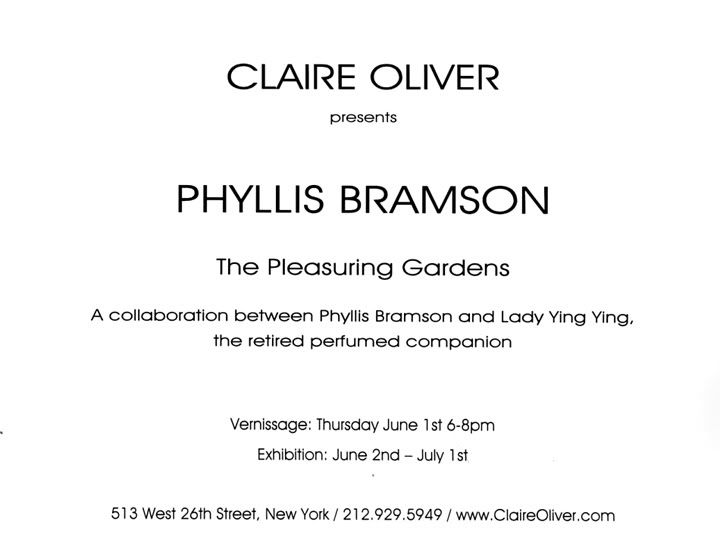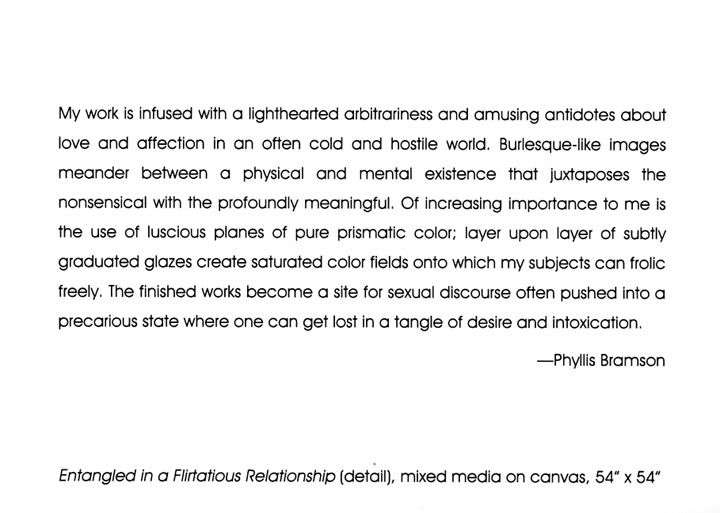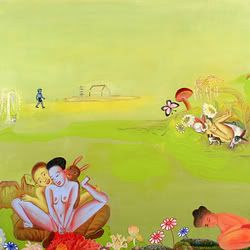***********************************************************************************
Now in Moving Pictures: The Multitudes of Nikki S. Lee
Sign In to E-Mail This Print Single Page Reprints Save
By CAROL KINO
Published: October 1, 2006
EVEN after a long face-to-face conversation, it’s hard to say for certain what Nikki S. Lee is really like. That’s partly because this South Korean-born artist has always trafficked in her unnerving talent for assuming different identities.




Multimedia
Video
A Scene From 'A K A Nikki S. Lee'
Readers’ Opinions
Forum: Artists and Exhibitions
For “Projects,” a series of photographs that won her notoriety soon after they were first shown in group shows and art fairs in 1998, Ms. Lee transformed herself through a blend of clothes, makeup, diets, hair extensions, tanning salons, colored contact lenses, dance lessons and sheer grit to infiltrate wildly different milieus — tourists, yuppies, strippers, rappers, schoolgirls and retirees, among others — and posed for casual snapshots with her new acquaintances.
For her “Parts” series (2002-4), she had herself photographed with one different man after another who was later sliced off the picture, leaving only a trace of his presence, like an arm or foot. While this put the focus squarely on Ms. Lee, it also implied that her identity mutated with each romantic entanglement.
As a result, said Ms. Lee, 35, who speaks English somewhat haltingly and with a heavy Korean accent, “When people meet me the first time, they are like, ‘Oh, you are different than I thought.’ ”
In her latest project, an hourlong film that is to be shown this week at the Museum of Modern Art, she makes ample use of that confusion.
Titled “A K A Nikki S. Lee,” the film purports to be a documentary about the real Nikki, a rather plain, serious young woman who is in turn making her own documentary about her alter ego, Nikki Two, the effervescent exhibitionist who appears in the photographs. Yet as the true Ms. Lee explained in an interview in her East Village apartment, “Nikki One is supposed to be real Nikki, and Nikki Two is supposed to be fake Nikki. But they are both fake Nikki.”
The movie opens as Nikki One is being interviewed in a book-lined studio. “In this documentary,” she says solemnly, “I create Nikki Lee based on what people think her character is.” The scene then switches to the more fashion-conscious Nikki Two, lounging in a Venetian water taxi on her way to stay with wealthy collectors and visit the Venice Film Festival. She is soon seen shopping at Missoni, hobnobbing with movie folk (most notably Jeremy Irons) at a reception at the Peggy Guggenheim Collection on the Grand Canal and padding around the collectors’ apartment in her nightgown, wearing an eyeshade that reads “Princess.”
To make the film, which she began working on in early 2005, Ms. Lee frequently traveled with one of two cameramen who were assigned to document her “real” life. Most of the events did in fact take place — a trip to South Korea to act in a movie called “The Girl Who Has Many Selves” (her bit part was edited out); a stay in Paris, where she staged and modeled for a fashion shoot for The New York Times; and a noisy afternoon with a big Jewish family on Long Island, where she plays with a bevy of babies and tries on over-the-top wedding dresses, one of which she uses later in the film.
Other scenes, however, are pure fabrication, most notably those that present Nikki One in her book-lined studio, a fake set that Ms. Lee constructed in a rented Williamsburg loft with leased furniture and borrowed books. Here Nikki One earnestly explains the direction of her faux documentary to an unseen interviewer and discusses her work with two visitors: RoseLee Goldberg, the performance art curator, and Leslie Tonkonow, Ms. Lee’s real-life dealer who discovered her in art school.
Ms. Lee also played fast and loose with the dates, just as she did with the camera date-stamps on her “Projects” photos.
In making the film, “I kind of followed real events,” Ms. Lee said in the interview for this article. “But I kind of arrange them.” For instance, she asked the collectors, Tony and Heather Podesta, if she could stay with them in Venice; she also set up the film’s final scene: a long, almost mystical tracking shot in which, seen only from the back, she marches determinedly down a pier at Manhattan’s annual Armory Show on the Hudson to the music of Philip Glass and drops off an envelope at Ms. Tonkonow’s booth.
No intervention was needed for the film’s most disastrous event, when Ms. Lee arrived at a Frankfurt gallery for her first German solo show only to find that her “Parts” photographs had been ruined by the framer. (He had decided to tidy them up by trimming off their borders.)
On screen Nikki One is seen wailing, “This is not my work,” and then trudging miserably around the city. The show’s pre-opening dinner unfolds as it actually did, with a slide projection instead of real artwork. Yet Ms. Lee sounded perky as she recalled these setbacks. “It was awful for the opening,” she said, “but really good for the film.”
Friends and acquaintances who took part in her faux documentary were sometimes told what to say but were also encouraged to be natural, Ms. Lee said. She said she tended to follow the other person’s lead in each scene, “but of course I act.” During the Frankfurt sequence, for example, she eventually took the gallery’s owner, Anita Beckers, into another room and explained off camera that her morose mood was feigned.
Ms. Beckers, who still represents her in Germany, recalls the situation fondly. “We had so much fun together,” she said. “I think for Nikki it was the best part of the film.”













